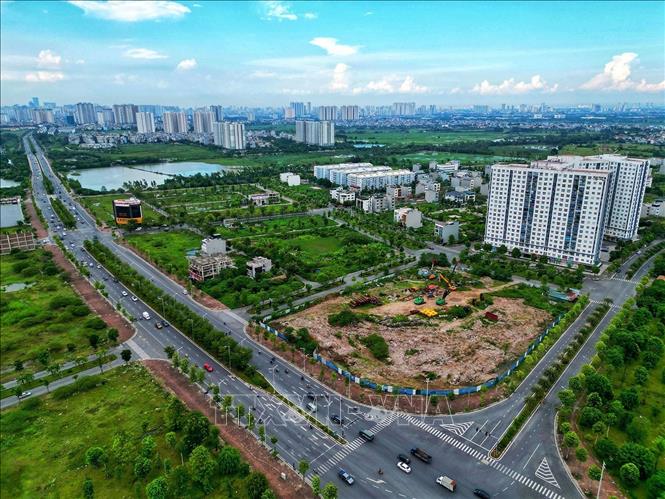
However, many experts say that care must be taken to ensure the quality of this data system, avoiding formality, lack of updates and inaccuracies.
The National Assembly has passed a Resolution deciding to reorganize provincial-level administrative units, accordingly, the number of provinces and cities nationwide will be reduced from 63 to 34. The major change in administrative organization will lead to many fluctuations in the national data system, including land data such as boundaries, administrative boundaries, and area.
According to Dr. Thai Quynh Nhu, expert of the Vietnam Real Estate Research Institute (VIRES), former Director of the Institute for Land Management Research, this is a historic change, with a profound impact on the natural, cultural, social and economic data system. Therefore, the Government's request for the Ministry of Agriculture and Environment to complete the national land database in June is a correct direction and in line with the practical situation.
The national land database is a collection of land databases, organized for accessing, exploiting, sharing, managing and updating information via electronic means, according to Article 3 of the 2024 Land Law. Clause 4, Article 166 of the Land Law also clearly stipulates: databases of ministries, branches and localities must be connected and interconnected with the national land database to update, share, exploit and use information effectively, safely and in accordance with functions and tasks.
In recent times, the reorganization of the Government apparatus and the implementation of Resolution 60-NQ/TW dated April 12, 2025 on the consolidation of administrative units have placed high demands on updating and building land data. Completing the national land database is identified as an important foundation, aiming to provide complete information on land resources, creating administrative procedure connectivity between levels, serving people and businesses.
Clause 1, Article 165 of the 2024 Land Law stipulates that the national land database includes 8 main groups: data on legal documents on land; cadastral; investigation, assessment, protection, improvement and restoration of land; land use planning and plans; land prices; land statistics and inventories; inspection, settlement of disputes, complaints and denunciations; and other related data.
The report of the Department of Land Management (Ministry of Agriculture and Environment) shows that many data components have been built and completed. At the central level, data on land statistics and inventories; land use planning and plans; land prices and land surveys and assessments have been put into use. Planning and land price data are being continuously updated.
Many localities have implemented interconnection between land registration agencies and tax agencies, creating favorable conditions for inter-sectoral management and information provision. These results demonstrate the great efforts of the functional sector in mobilizing resources, equipment, and personnel to carry out the task of building a national land database.
However, many experts believe that it is important not only to meet deadlines, but also to ensure the real quality of the data: complete, transparent, accurate and capable of real-time updates.
Dr. Dang Hung Vo, Chairman of the Vietnam Association of Geodesy, Cartography and Remote Sensing, said that the goal of completing the land database in June is difficult and the specific level of completion needs to be considered. Because there is still a lack of a clean and complete land data system.
In Hanoi, the database is still incomplete, while many mountainous provinces face more difficulties. Data construction is still manual, many areas where people have registered have not been fully checked, some cases have to be re-measured to get accurate data, causing costs and slowing down progress... – Mr. Vo commented.
Despite the investment, the software and system have not been updated regularly, leading to outdated data, lacking the ability to accurately reflect reality. Basic techniques are still limited, real-time updates are not guaranteed. Land transaction data still lacks transparency, so it is not possible to have an accurate system...
According to Mr. Dang Hung Vo, it is necessary to clean up land data and build a system for regular and timely updates. All databases need to be able to update in real time, promptly reflecting actual changes.
Sharing the same view, Mr. Thai Quynh Nhu also said that the construction of land database is currently facing many difficulties, both objective and subjective. Some objective difficulties come from changes in organizational structure, tasks, facilities and personnel. Meanwhile, subjective difficulties include large volumes of documents, equipment that has not been upgraded in time, and limited information technology skills of some professional staff.
Digital transformation in the land sector plays a very important role. Digital transformation is a process of comprehensively changing the way of working based on a technology platform. Land is the input of all areas of socio-economic development, so land information needs to be used effectively in all activities. Digital transformation in land management is the implementation of services related to organizations and people using land in a synchronous, connected, convenient, transparent and fast manner.
However, building a land database is not just about digitizing records, but also needs to move towards a synchronous management system that is capable of updating, connecting and being transparent. This requires a change in management thinking, business processes and technical platforms to effectively serve people, businesses and management agencies, Mr. Thai Quynh Nhu recommended.
Recently, the Government has issued Decree 151/2025/ND-CP regulating the decentralization of authority of two-level local governments; decentralization and decentralization in the land sector; effective from July 1, 2025. It clearly states the responsibilities of the provincial People's Committee. Section 3 on the decentralization of responsibilities clearly stipulates the responsibilities of the provincial and commune levels in the land sector of two-level local governments.
Specifically, Article 12 on the responsibilities of the provincial People's Committee stipulates that the provincial People's Committee is responsible for performing State management of the contents prescribed in the Land Law and decrees detailing the implementation of the Land Law such as: organizing the establishment and implementation of resettlement projects; organizing the monitoring and evaluation of land management and use for subordinate communes; evaluating land management and use in the province; submitting for approval provincial land use planning; directing the commune People's Committee to recover land related to national defense and security land.
The provincial level shall review, handle and publicly announce investment projects that do not put land into use for 12 consecutive months or are 24 months behind schedule in land use compared to the schedule recorded in the investment project; projects that are extended; projects that are behind schedule in land use due to force majeure.
Source: https://doanhnghiepvn.vn/kinh-te/hoan-thien-du-lieu-dat-dai-sau-hop-nhat-dam-bao-ca-chat-luong-va-tien-do/20250627094459105





![[Photo] President of the Cuban National Assembly visits President Ho Chi Minh's Mausoleum](https://vphoto.vietnam.vn/thumb/1200x675/vietnam/resource/IMAGE/2025/10/1/39f1142310fc4dae9e3de4fcc9ac2ed0)
![[Photo] Hanoi morning of October 1: Prolonged flooding, people wade to work](https://vphoto.vietnam.vn/thumb/1200x675/vietnam/resource/IMAGE/2025/10/1/189be28938e3493fa26b2938efa2059e)
![[Photo] Keep your warehouse safe in all situations](https://vphoto.vietnam.vn/thumb/1200x675/vietnam/resource/IMAGE/2025/10/1/3eb4eceafe68497989865e7faa4e4d0e)


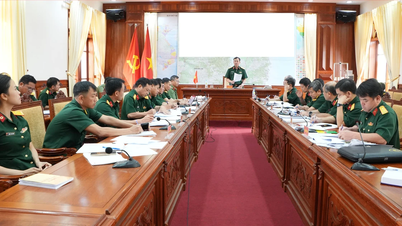






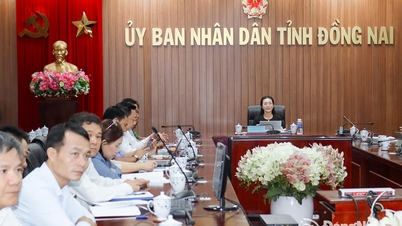








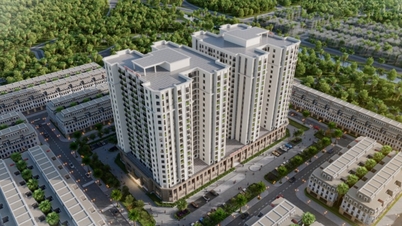










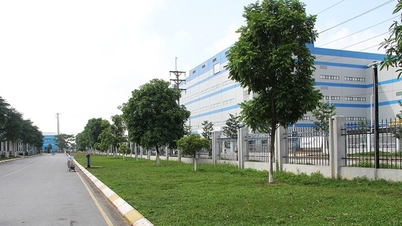





































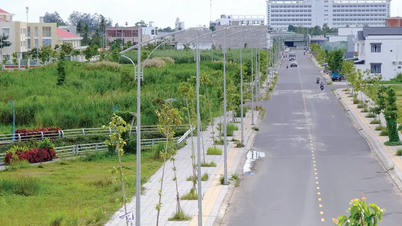

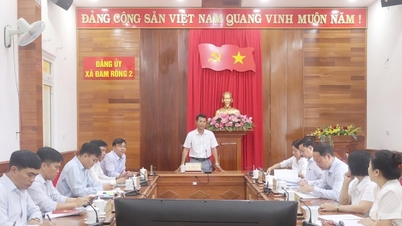

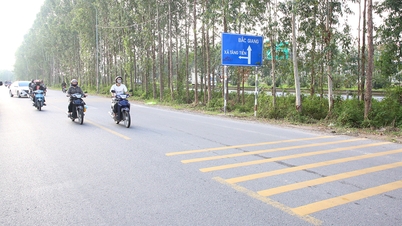


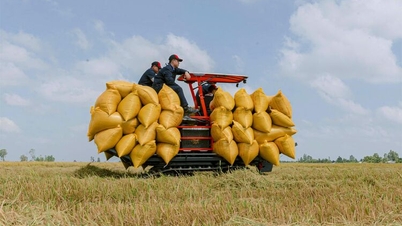

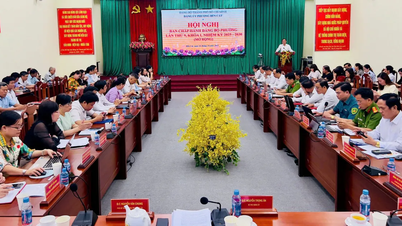















Comment (0)